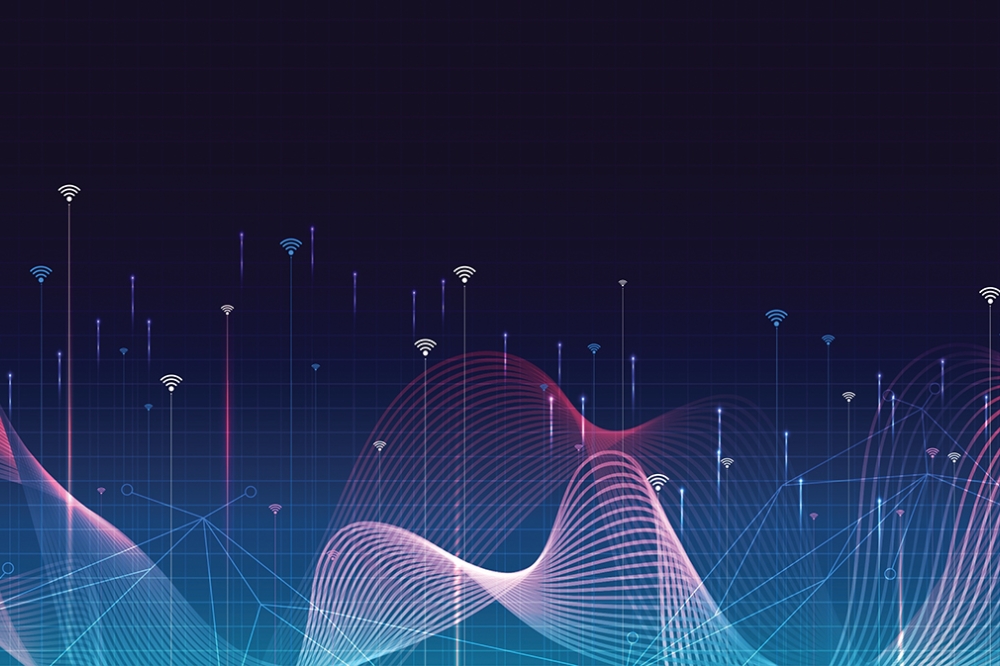US team uses LEDs to transmit signals at 300Mbps
![]()
Maite Brandt-Pearce, a University of Virginia engineering professor and her former graduate student, Mohammad Noshad, now a postdoctoral fellow at Harvard University, have devised a way of using light waves from LED fixtures to carry signals to wireless devices at 300Mbps from each light.
"We developed a modulation algorithm that increases the throughput of data in [visible light communications]," Brandt-Pearce said. "We can transmit more data without using any additional energy. As more light fixtures get replaced with LED lights, you can have different access points to the same network."
Their breakthrough means that data can be transmitted faster with light waves using no more energy than is already required to run the lights.
Noshad and Brandt-Pearce have filed a patent - along with the University - on their idea and Noshad has created a company, VLNComm, for Visible Light Network Communications, to which Brandt-Pearce is a consultant. The Charlottesville-based firm is developing a prototype for potential investors - a desk lamp that provides an Internet connection through light - and conducting further research.
"We have a patent with the University and we will file more patents on the research being done now," Noshad said. "We can make different products, such as a large LED panel for shopping centres, airports and conference rooms. And we can build LED bulbs for use in the home."
He said it would be a matter of simply adding software to computers to connect them with LED transmitters.
"This is not a replacement for wi-fi; it's an augmentation," Brandt-Pearce said. "Researchers have called it 'Li-Fi'. Our modulation can be used in any optical device so this has the potential for widespread use and much better access than present wi-fi based on radio waves."
The firm, which has been in business since last year, employs about four people and Fraidoon Hovaizi, an early investor, is president of the operation.
VLNComm has drawn attention from venture capitalists and has gotten some funding from a federal Small Business Innovation Research program through the federal Department of Energy. Noshad said the firm has gained additional funding from the National Science Foundation and he thinks there may be more DOE funding for it in the near future.
"You can use it any place that has lighting," Brandt-Pearce said. "In a stadium, in a parking lot, or from vehicle to vehicle if using LED headlights and taillights."
Like current wireless communications, encryption is necessary to keep data secure, but Brandt-Pearce noted that a secure network could be created in a room with no windows.
"It can't be detected outside the room because the light waves stop when they hit something opaque, such as a wall," she said. "That can keep communications secure from room to room."
And two separate networks in different rooms would not interfere with each other the way they do with present wi-fi networks.
She said devices with LED circuits in them can also communicate with each other.
"[Visible light communications] has the potential to significantly increase the speed of Internet connection in multiuser indoor environments due to the broad bandwidth of the visible light," Noshad said. "It will offer a huge energy saving for the nation since energy is already used for lighting, and thus does not need to be expended for communications."


































